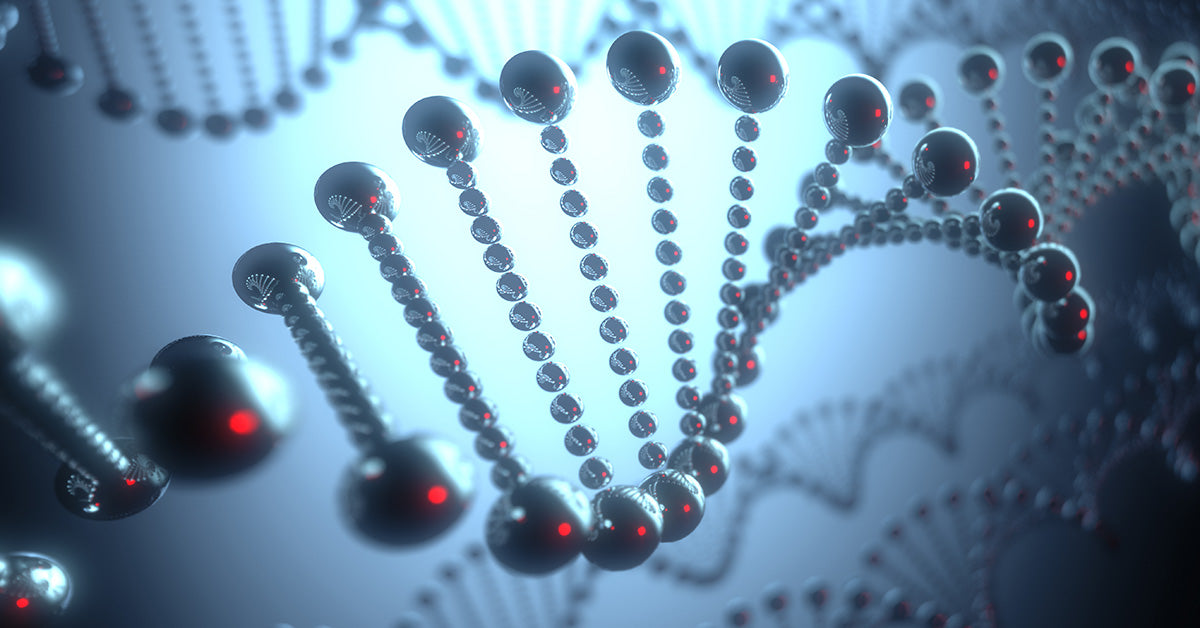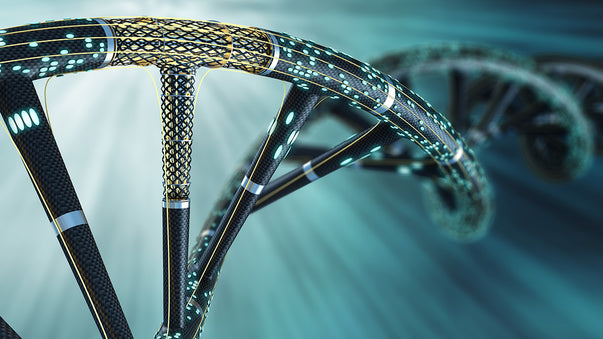Molecular Robotics for Health Monitoring and Drug Delivery

Many scientists are persuaded that, someday, DNA-based robots and other nanodevices will detect the presence of deadly pathogens and deliver medicine inside our bodies.
Researchers at Ohio State University have used computer science to develop a software tool, called MagicDNA. It helps design much more complex DNA robots and nanodevices than were ever possible before, in a fraction of the time.
DNA has already been used to make molecular machines for potential application to medicine, synthetic biology, biosensing, and biophysics. However, designing DNA devices has been complex and time consuming so far.
"But now, nanodevices that may have taken us several days to design before now take us just a few minutes," says associate professor of mechanical and aerospace engineering Carlos Castro in a press release issued by Ohio State University.
The new software tool is described in a research paper published in Nature Materials. It helps researchers assemble strands of DNA, like Lego bricks, into complex structures. Parts like rotors and hinges that can move and complete a variety of tasks, including drug delivery.
MagicDNA also permits simulating how DNA robots would move and operate in the real world. "As you make these structures more complex, it is difficult to predict exactly what they are going to look like and how they are going to behave," says Castro. "It is critical to be able to simulate how our devices will actually operate.”
The software supports “bottom up” and “top down” design methods for DNA robots. Combining the two methods allows for increasing complexity of the overall geometry of a robot while maintaining precise control over individual component properties.
An advantage of MagicDNA over other DNA engineering tools is that it allows for 3D design, with fine control over the geometrical, mechanical, and dynamical properties of DNA structures.
"With this software, it is not hard to make robots or other devices with upwards of 20 components that are much easier to control,” says Hai-Jun Su, professor of mechanical and aerospace engineering. “It is a huge step in our ability to design nanodevices that can perform the complex actions that we want them to do."
To showcase the capabilities of MagicDNA, the researchers built robot arms with claws that can pick up smaller items.
DNA robots could detect pathogens in the bloodstream. "But a more complex device may not only detect that something bad is happening, but can also react by releasing a drug or capturing the pathogen," says Castro. "We want to be able to design robots that respond in a particular way to a stimulus or move in a certain way."
"There is getting to be more and more commercial interest in DNA nanotechnology," concludes Castro. "I think in the next five to 10 years we will start seeing commercial applications of DNA nanodevices and we are optimistic that this software can help drive that."
More Articles
Don't miss a beat! In our Pulse Newsletter, Thrivous curates the most important news on health science and human enhancement, so you can stay informed without wasting time on hype and trivia. It's part of the free Thrivous newsletter. Subscribe now to receive email about human enhancement, nootropics, and geroprotectors, as well as company news and deals.
Read more articles at Thrivous, the human enhancement company. You can browse recent articles in Thrivous Views. See other Pulse Newsletter articles. Or check out an article below.
-
Fast DNA Editing Tool to Boost Genetic Research
Scientists led by Wyss Institute for Biologically Inspired Engineering at Harvard University have developed a new gene editing tool that ...
-
Omega 3 Lysine Complex Is 5 Times Better
One of the most popular food supplements on the market today is fish oil. It packs an impressive wallop of ...


